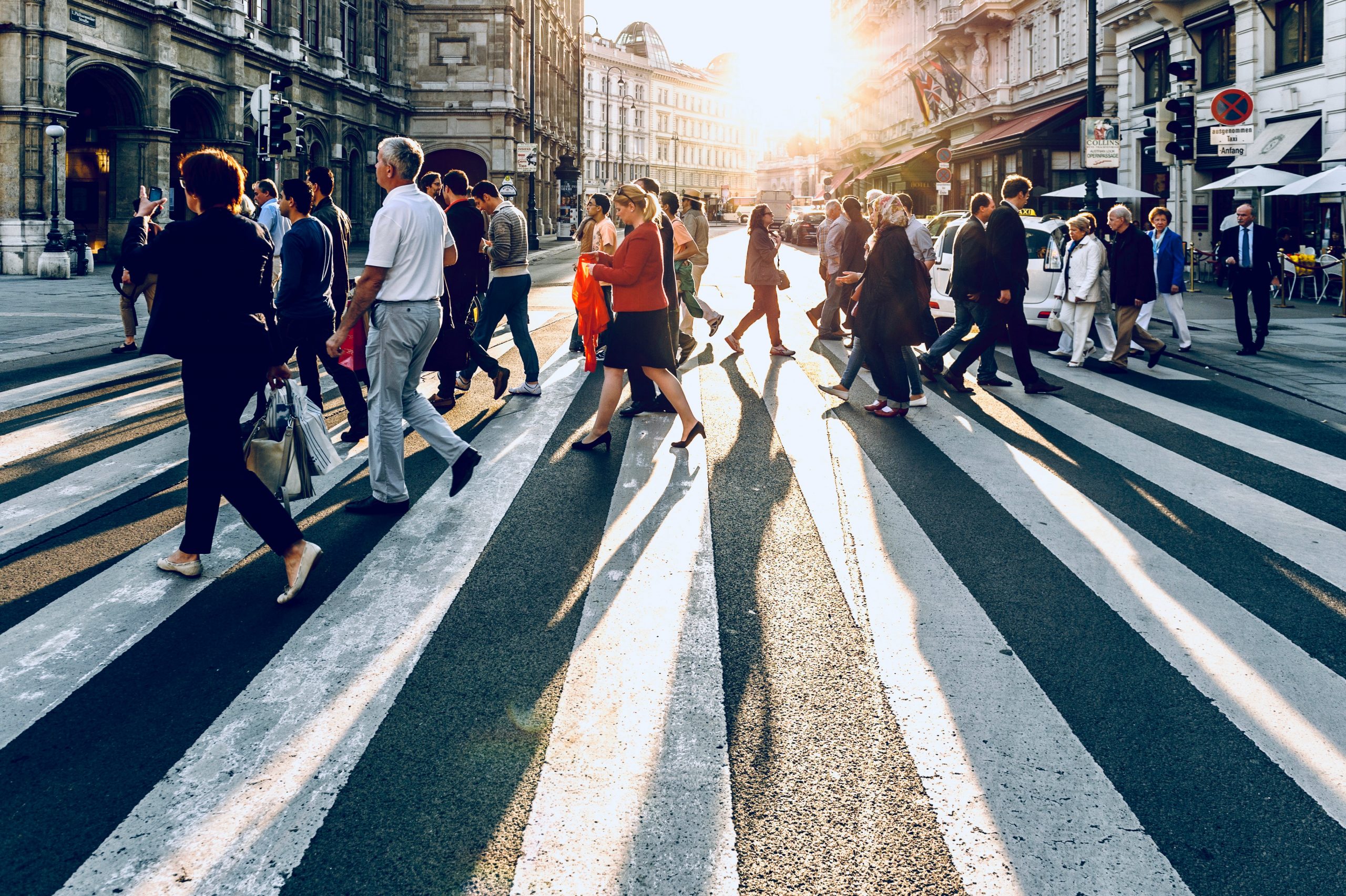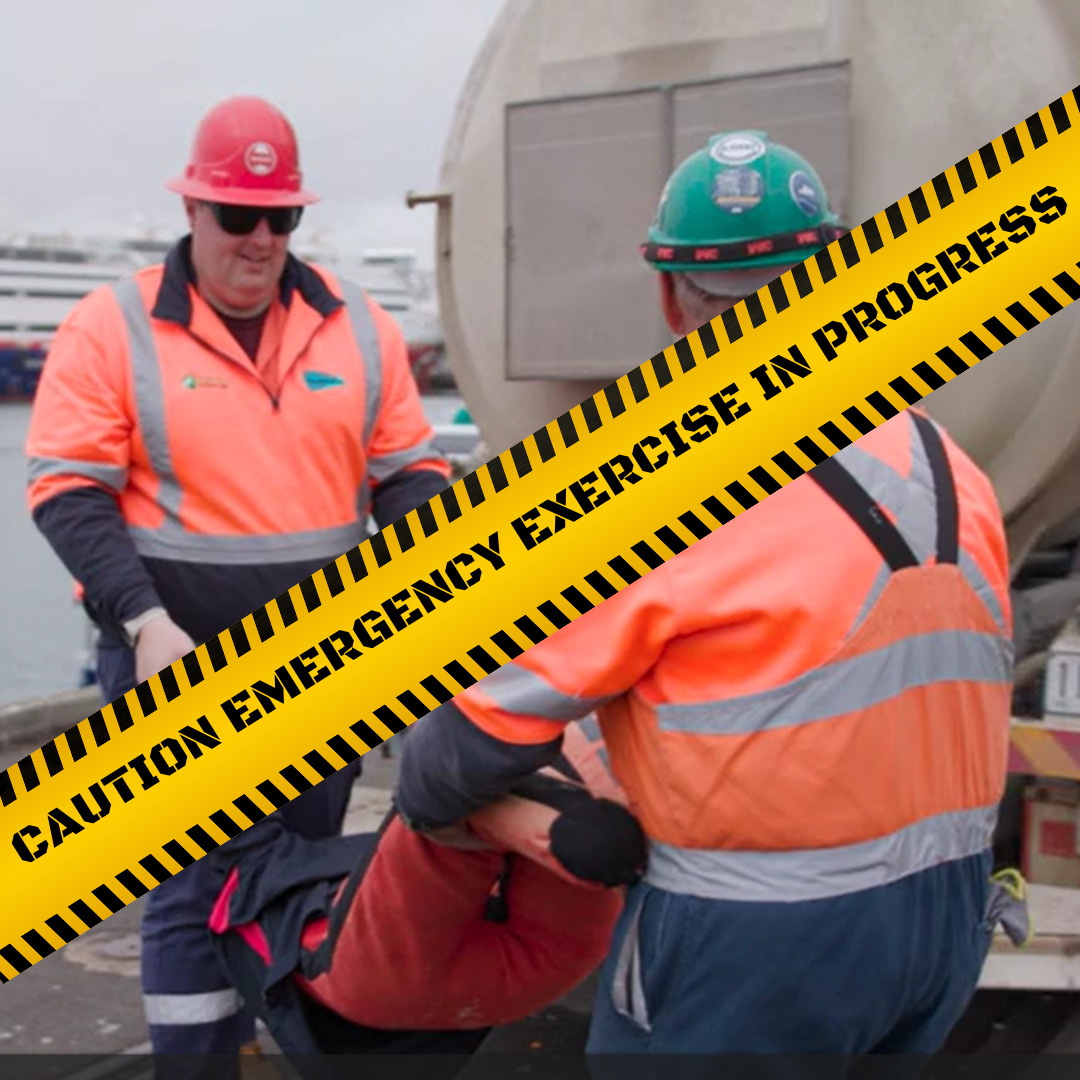2022 marks the beginning of the third year of the Covid-19 Pandemic. No one could have predicted that lockdowns and multiple waves of coronavirus infections would have made up almost the entirety of 2020 and 2021, especially in Melbourne, the most locked down city in the world. Now, having settled into the new year, Covid-19 is not the forgotten memory that many hoped it would become, it is still living amongst us and in most places around the world, it is still spreading like wildfire.
When Victoria’s last and final lockdown ended in October 2021, despite the excitement of returning to normal life, many were skeptical of what was going to come next. It was the first time throughout the pandemic that Victoria, and most of Australia, had abandoned the ‘Covid-Zero’ goal of completely stamping out community transmission. Instead, faith was put into the vaccine, with the hopes that, despite the projected increase in case numbers and hospitalizations, deaths due to covid would remain as low as possible. So, what happened? And what can we expect to see in the coming months?
Case Numbers
Early predictions projected that by the end of December, there would be up to 3,000 new daily cases, and up to 90,000 total cases. Considering that on the last day of December, there were just under 200,000 total infections for Victoria, this projection was clearly inaccurate. Case numbers appeared to plateau just below the 2,000 per day mark until late December, with case numbers exploding around Christmas time, and increasing throughout January. Early February signaled a downward trend with daily new case numbers fluctuating around the 10,000 mark. However, it is highly likely that there are many more cases in the community going undetected, and the true number of infections may be much higher.
Vaccines and Booster Shots
The rush in people wanting to be ‘double-vaxxed’ so that they would not miss out on the state’s reopening, led to Victoria successfully reaching the 90% double-vaccination rate rather quickly. Booster shots had not yet been rolled out, and the timeframe between your second shot and receiving your booster had not been determined. Now, what was projected to be an annual shot is now being administered 3 months after your second dose in order to maximize efficacy. It is likely that more research will be needed before an extension in the timeframe between doses can be considered to a 6 month, or even a year-long gap.
‘Shadow’ Lockdown
While many saw the end of lockdowns as the end of pandemic-related impacts to business, particularly in the retail and hospitality industries, reopening has led to a new kind of shutdown. Many businesses have been suffering from extreme staff shortages, as thousands are pushed into isolation from catching the virus or being deemed close contacts. While the isolation period has been reduced to 7 days, and the close contact definition has been altered to include only household contacts, staff shortages have led to many businesses reducing operating hours, customer capacity or closing for days altogether. Weariness of the virus’ circulation in the community has also led to a decrease in foot traffic in many public areas.
Future Predictions
While the last two years have taught us that nothing in the future is certain, we can look to other countries to see what may happen in the near future. Some countries with high vaccination rates, such as Denmark, have entirely dropped all covid-related restrictions. However, they are now leading the world in new daily infections per capita. The main concern in Australia, with the current high case numbers is the impact it will have on the healthcare system, with many countries like Denmark at risk of overwhelming their hospitals. More cases mean more hospitalizations, and healthcare services are unlikely to cope with the influx of cases. A ‘Code Brown’ was called for the Victorian healthcare system in January, and is expected to last for 4-6 weeks. This has seen elective surgeries and non-urgent hospital services cancelled to allow staff to be available to support the current influx of patients. Instead of focusing on new case numbers, this shift to focusing on hospitalizations will likely be used to make decisions regarding easing or implementing restrictions.
As the virus becomes endemic, it will likely continue circulating in the community like the influenza virus, with regular boosters needed for protection. It is highly unlikely that the virus will be eradicated, mostly due to vaccinated people still being able to spread the virus and the virus’ quick ability to mutate. If one thing is clear, is it that Covid-19 is here to stay. Although we are better equipped than we were 2 years ago, it does not mean that the world will immediately, or maybe ever, shift back to what was once ‘normal.’
Protecting Your Business
While lockdowns are unlikely to return, there are other covid-related problems that businesses may continue to face, including staff shortages and regulation changes.
Isolation requirements will continue to result in businesses facing staff shortages, and shortages that leads to the business having to close for trade will negatively impact businesses financially. Having backup staff available, having a remote alternative for operations if possible, and reducing the number of staff working closely together can all help prevent such shortages.
Regulation changes can cause problems if not followed. Vaccine mandates and social distancing requirements that are not complied with can result in fines and shutdowns for businesses. Ensuring that you are up to date with all requirements is imperative, especially in current times where swift changes are made often depending on case numbers.
Additionally, the rise of Delta and Omicron have shown that there is always the possibility of a new variant forming which current vaccines may not be able to offer protection for. Should this completely disrupt the state’s reopening plan, we may find ourselves back in the same place that we were in at the beginning of 2020.
Having a pandemic plan and a business continuity plan in place is crucial to ensuring that this pandemic, and any future ones, have a minimal impact on your business and its longevity. The only constant is change, and it is important to always be prepared for the unexpected. In a Covid-Normal world, prepare for business as anything but usual.
Does your business need pandemic planning services? Contact our knowledgeable team at Resilient Services today.




